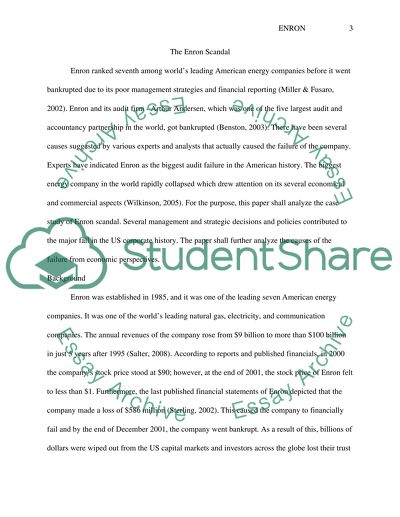Cite this document
(“The Enron Scandal Essay Example | Topics and Well Written Essays - 2000 words”, n.d.)
Retrieved from https://studentshare.org/macro-microeconomics/1483693-the-enron-scandal
Retrieved from https://studentshare.org/macro-microeconomics/1483693-the-enron-scandal
(The Enron Scandal Essay Example | Topics and Well Written Essays - 2000 Words)
https://studentshare.org/macro-microeconomics/1483693-the-enron-scandal.
https://studentshare.org/macro-microeconomics/1483693-the-enron-scandal.
“The Enron Scandal Essay Example | Topics and Well Written Essays - 2000 Words”, n.d. https://studentshare.org/macro-microeconomics/1483693-the-enron-scandal.


